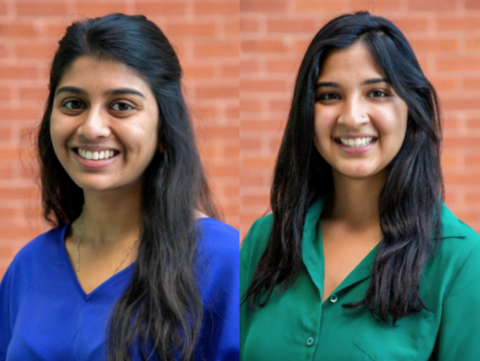Constraint-Based Modeling and Safety Verification of Autonomous Vehicle Trajectories
Anu Deodhar (University of Oregon)
Swati Munjal (University of Arizona)
In order to operate an autonomous vehicle, a user must have considerable knowledge and experience in low-level programming. This research involves the development of a domain-specific modeling language that allows the user to send commands to an autonomous vehicle without previous programming knowledge. A modeling language was designed with inspiration from a state machine, where a user can enter motions of the vehicle as directions, or states, in combination with transitions, or conditions to propel a change between the states. This visual modeling language was developed with WebGME, with an emphasis on safety verification tools for design-time and runtime operations. The language implements sensor configuration for reactive behaviours by avoiding obstacles during runtime. Once the user has created a model, verification methods using Simultaneous Localization and Roadmapping (SLAM) was used to ensure that dynamic constraints were met before generating artifacts. Subsequently, probabilistic roadmap planning (PRM) strategies were used to see if the proposed trajectory was valid for the given map. Verification tools, error checking, and meta modeling were used to establish a visual modeling language of an autonomous vehicle. From this modeling language, the user will be able to detect if the inputted path was valid in terms of the path collision with obstacles.

